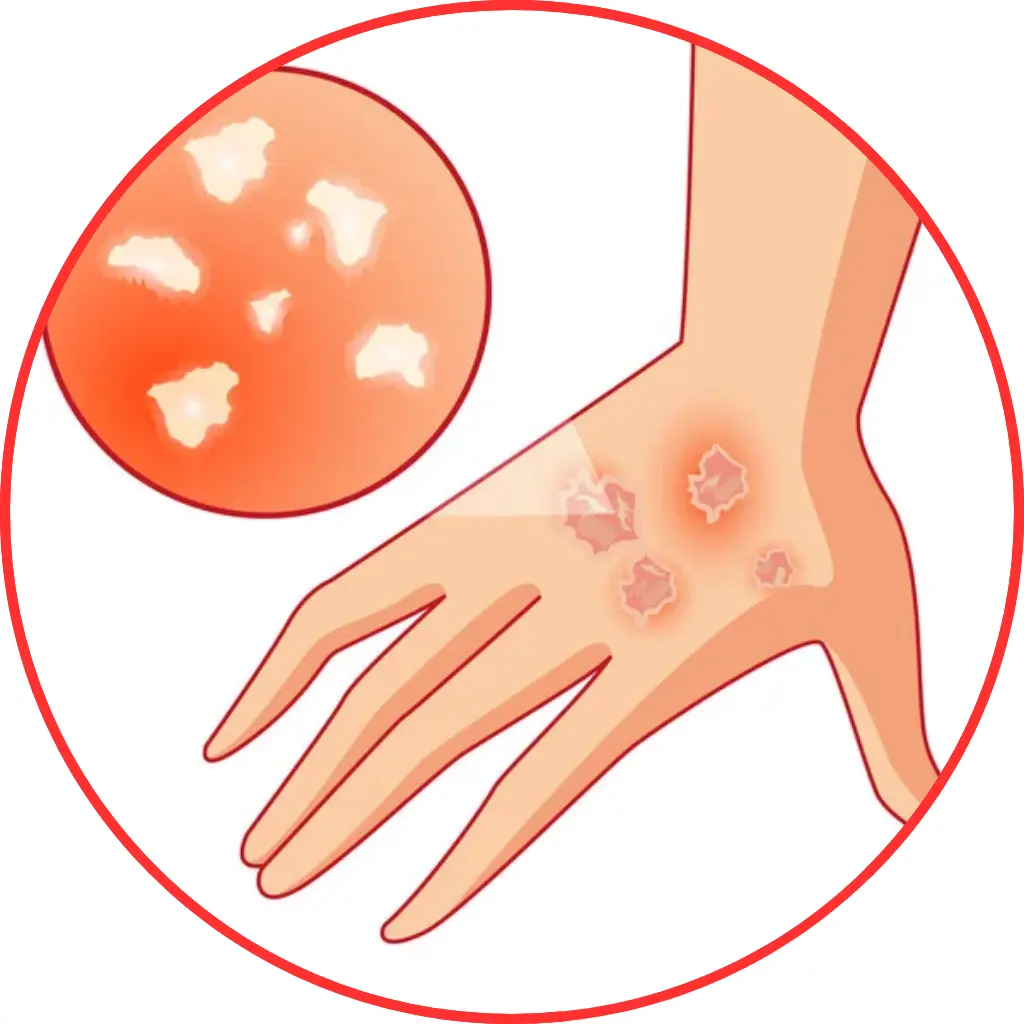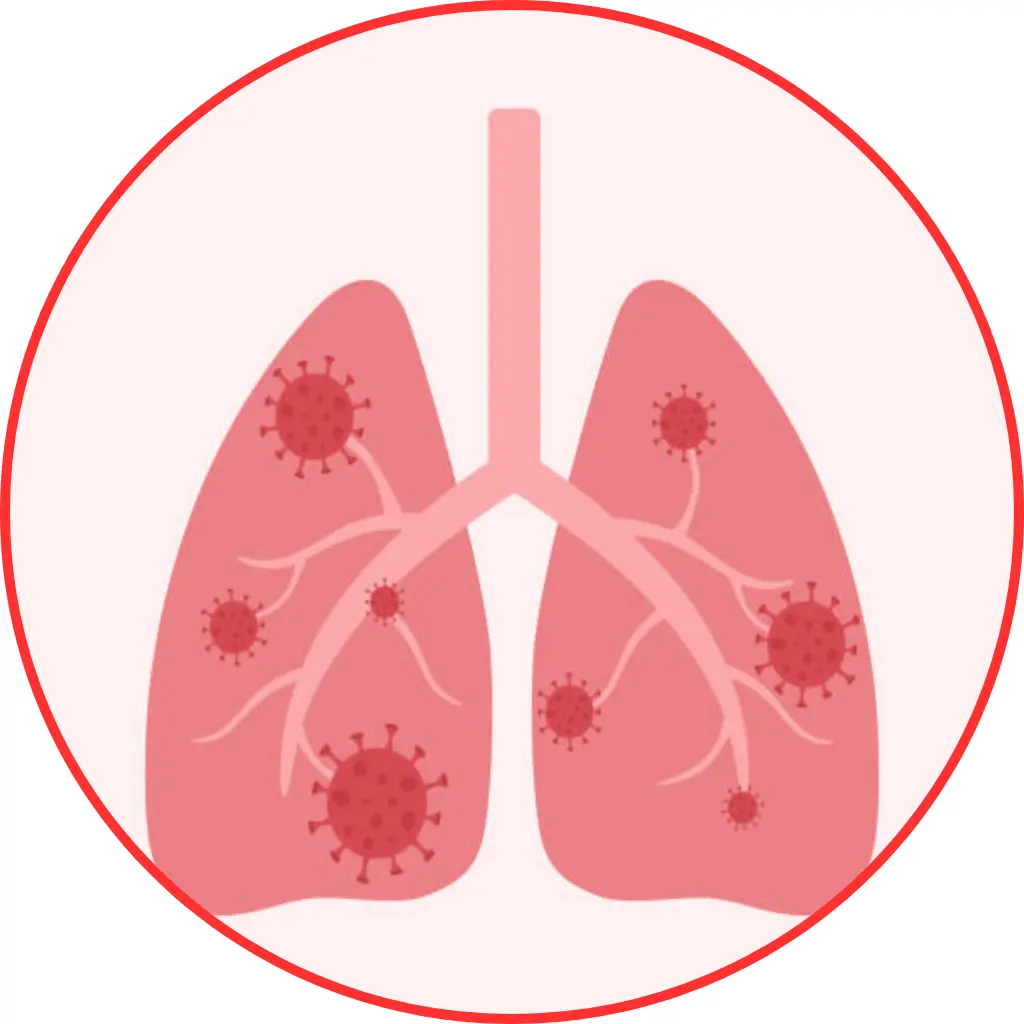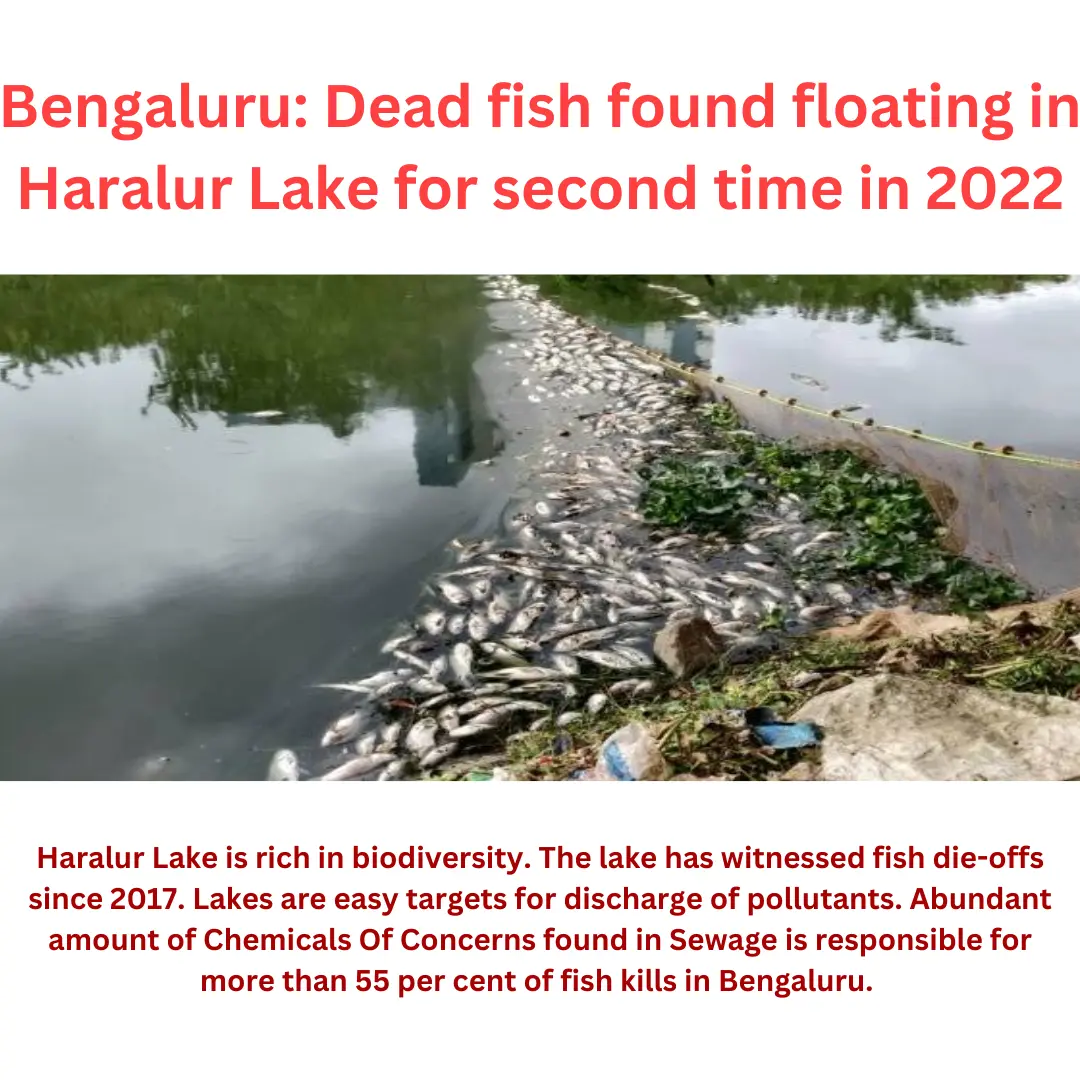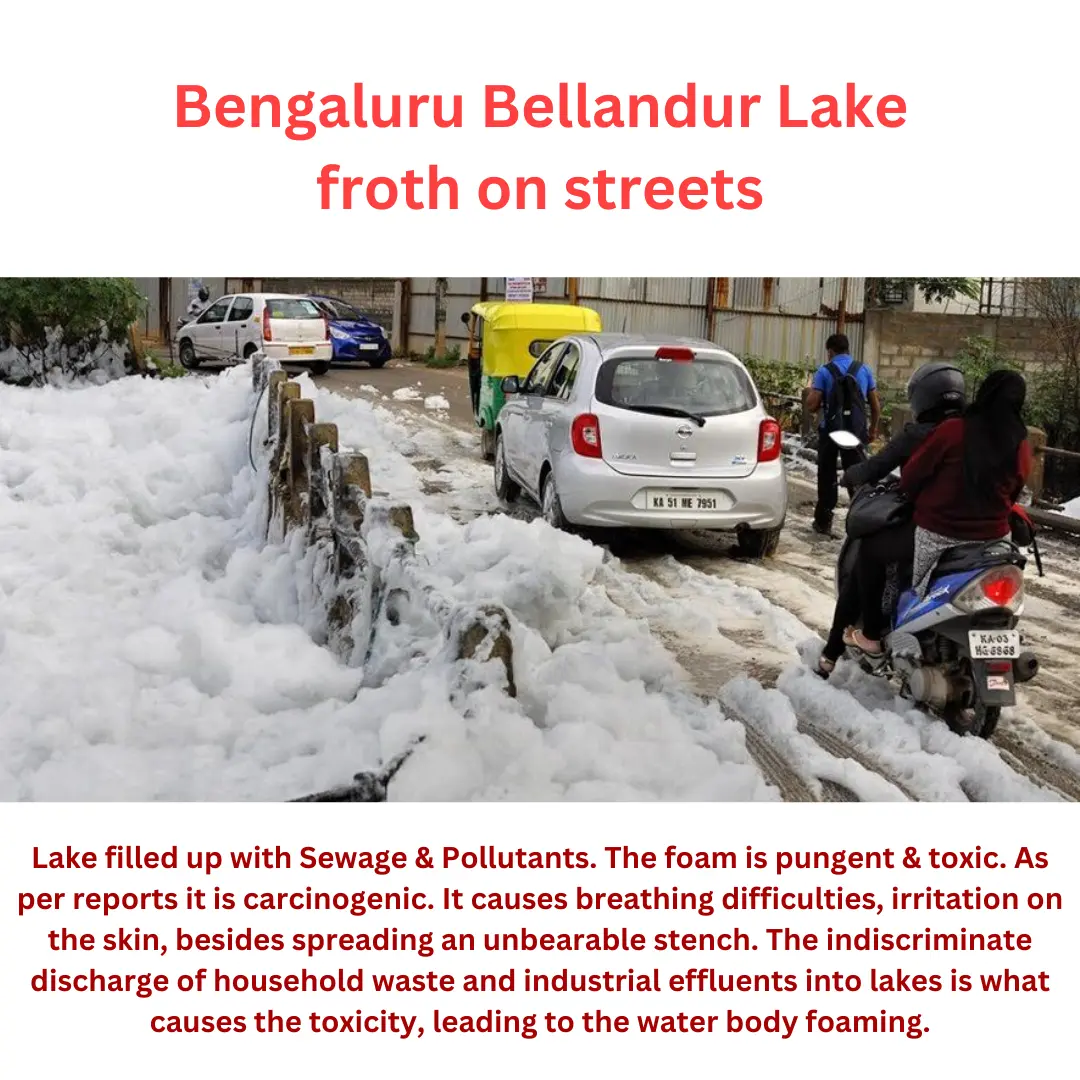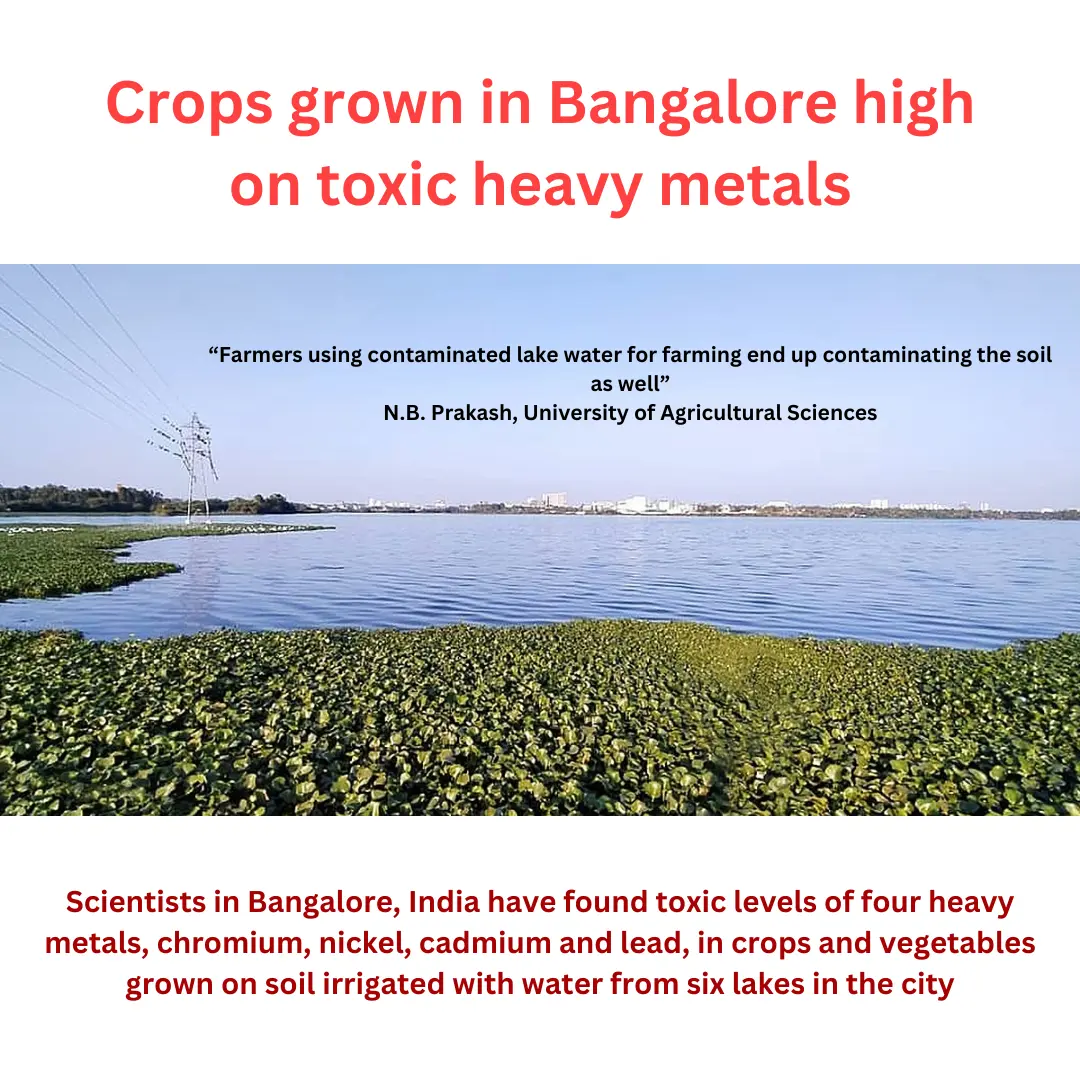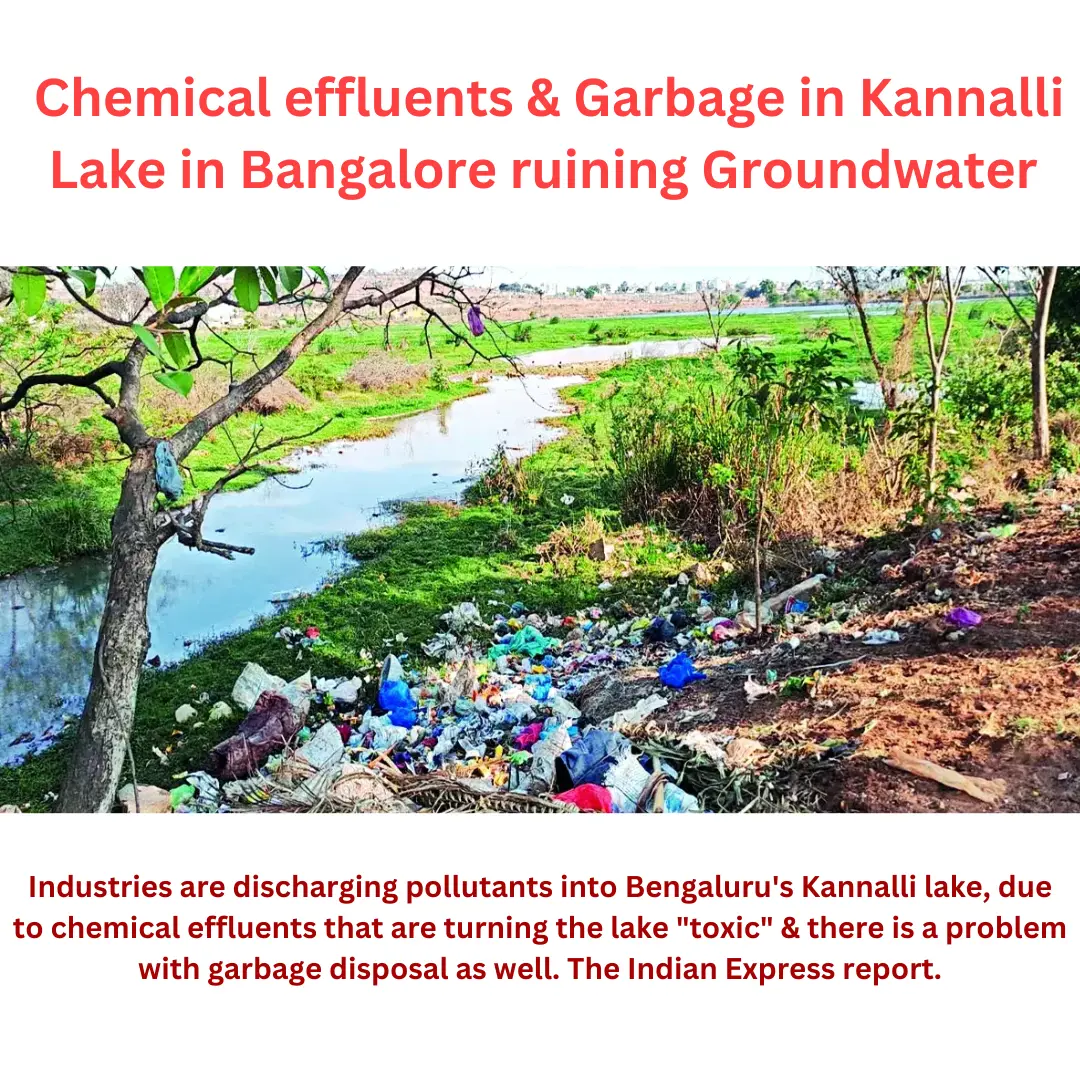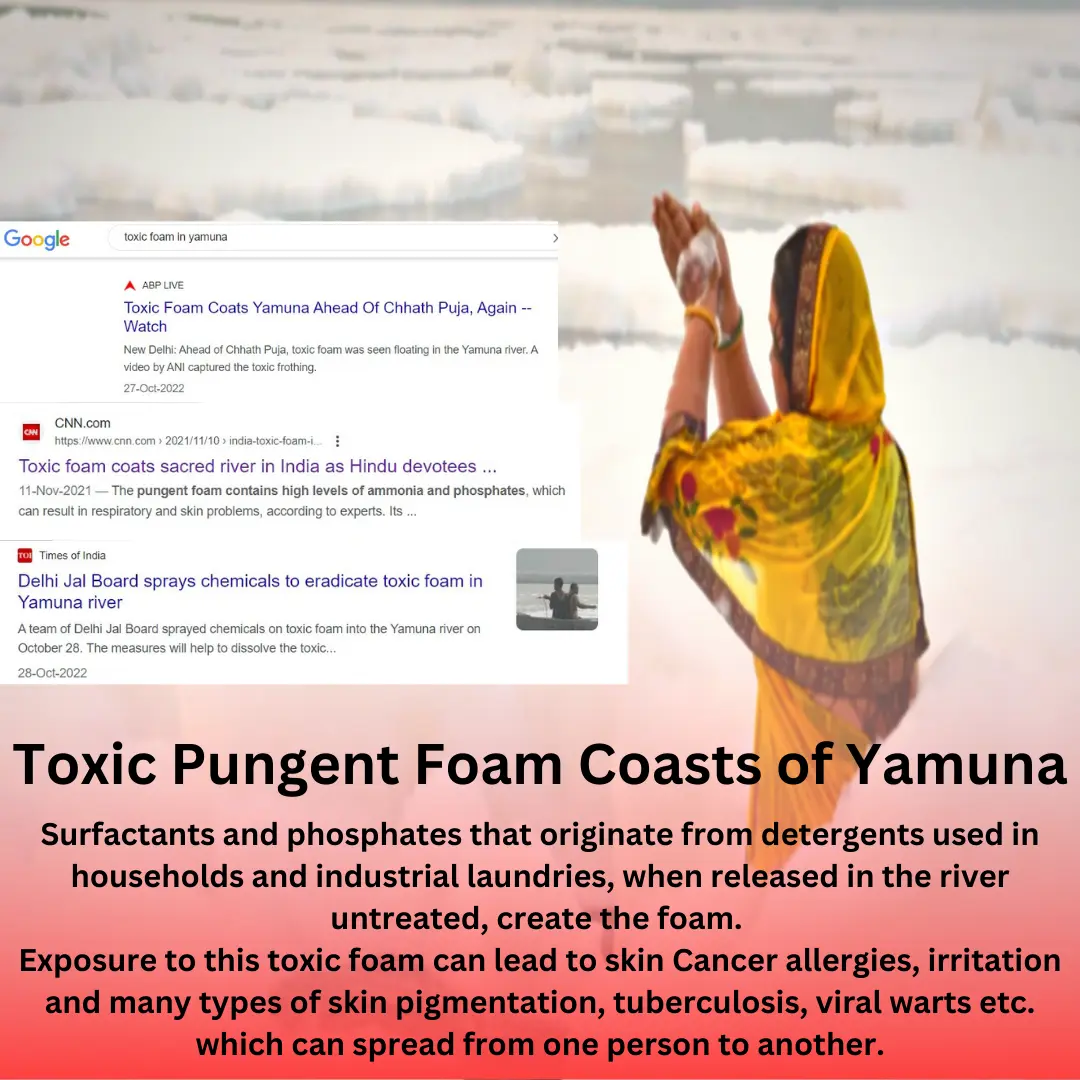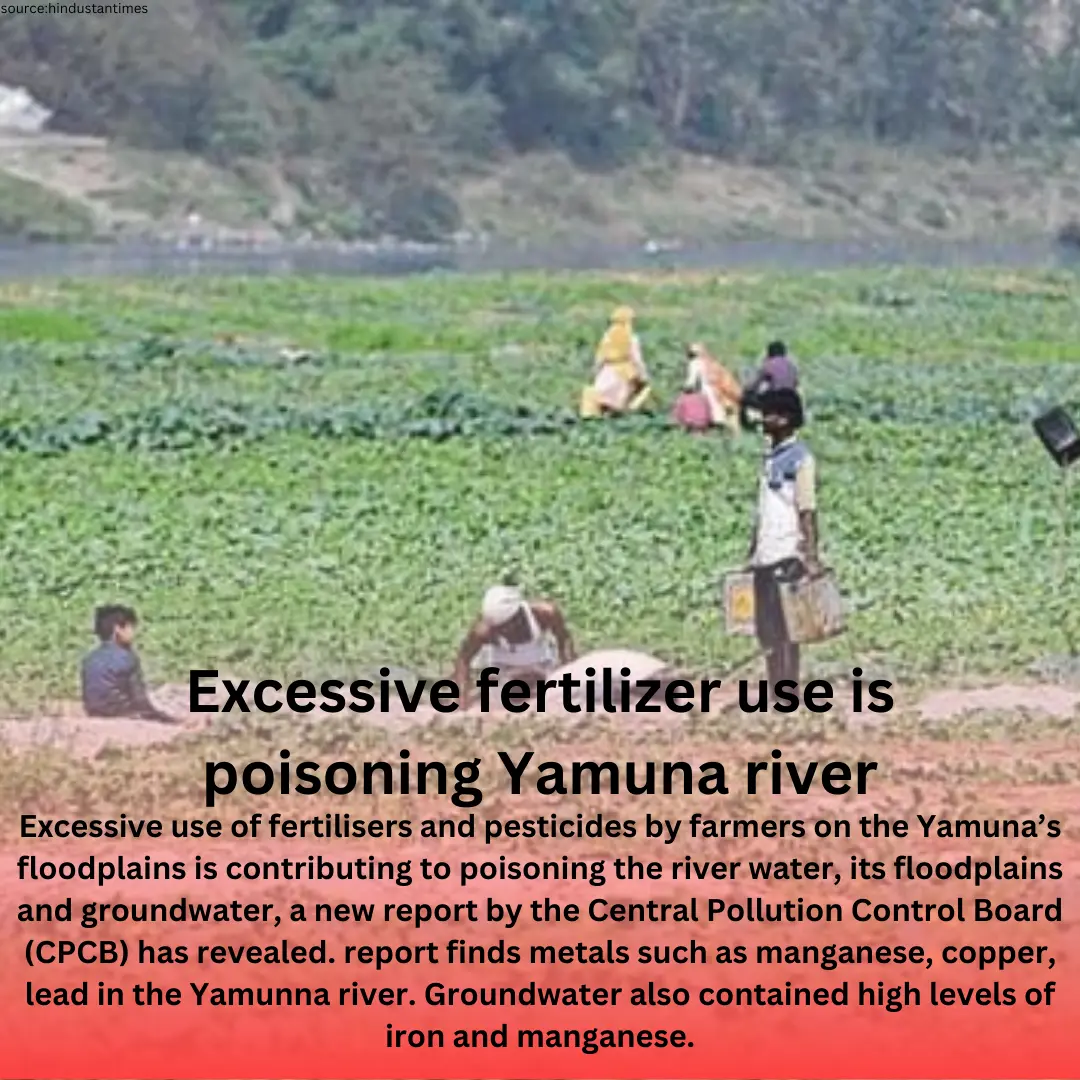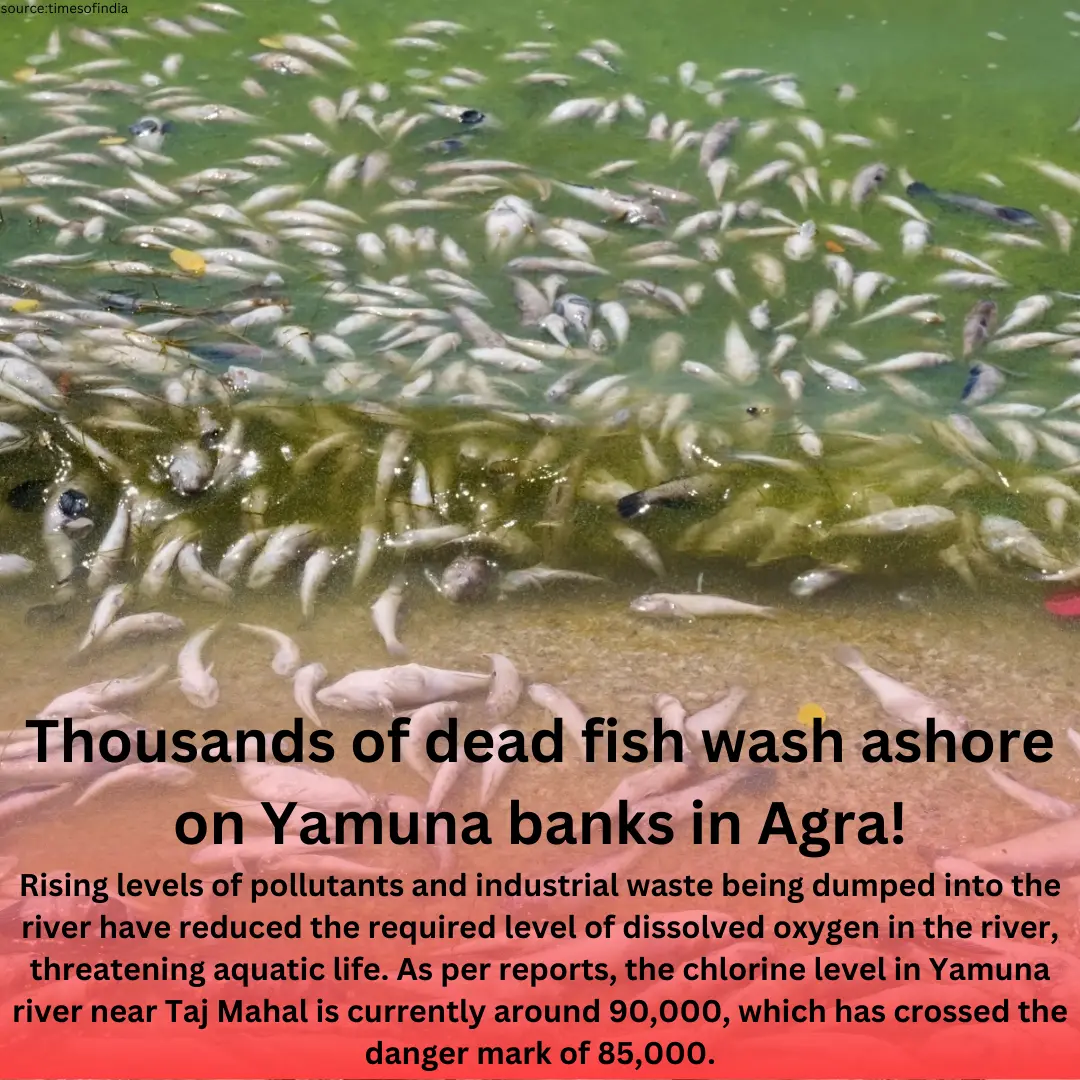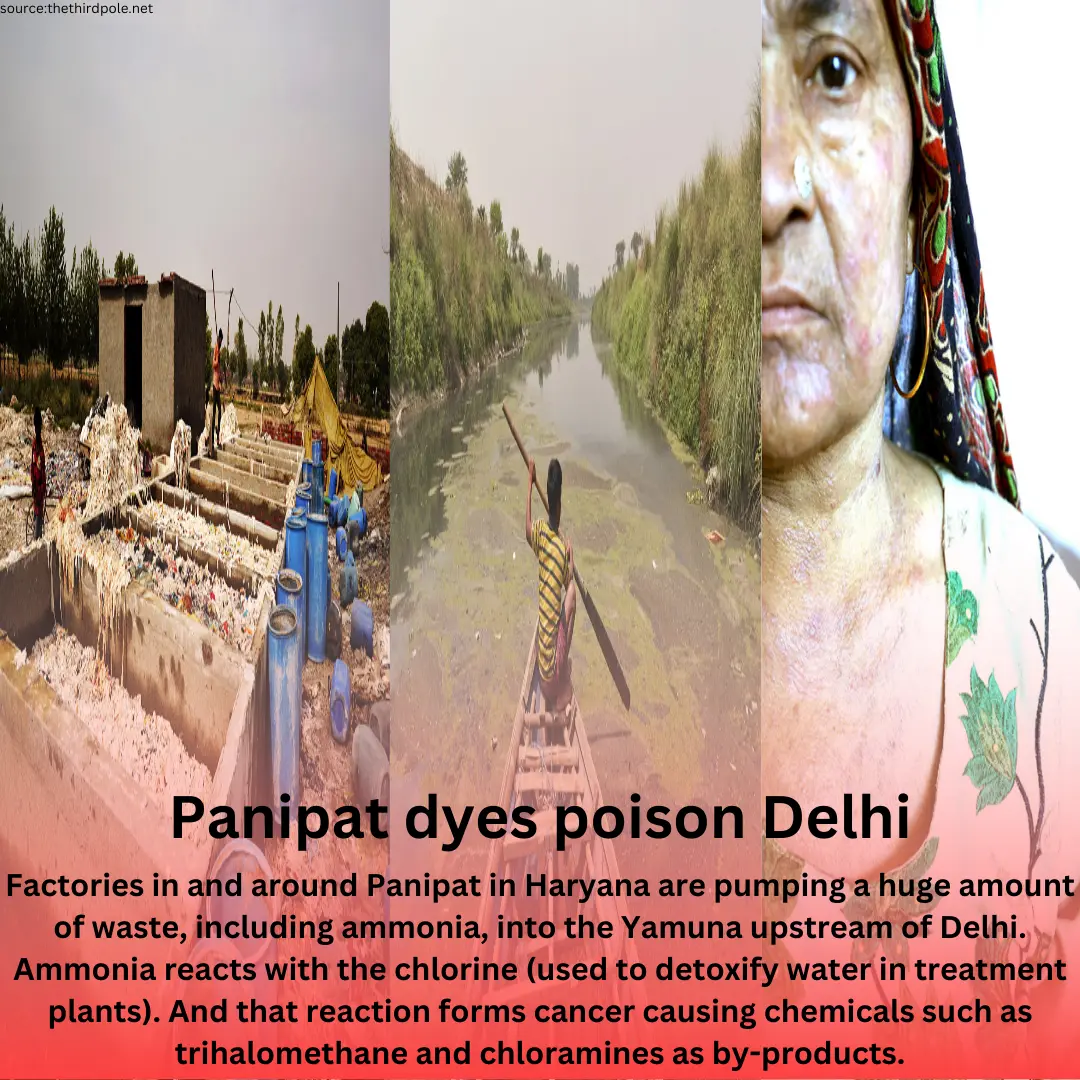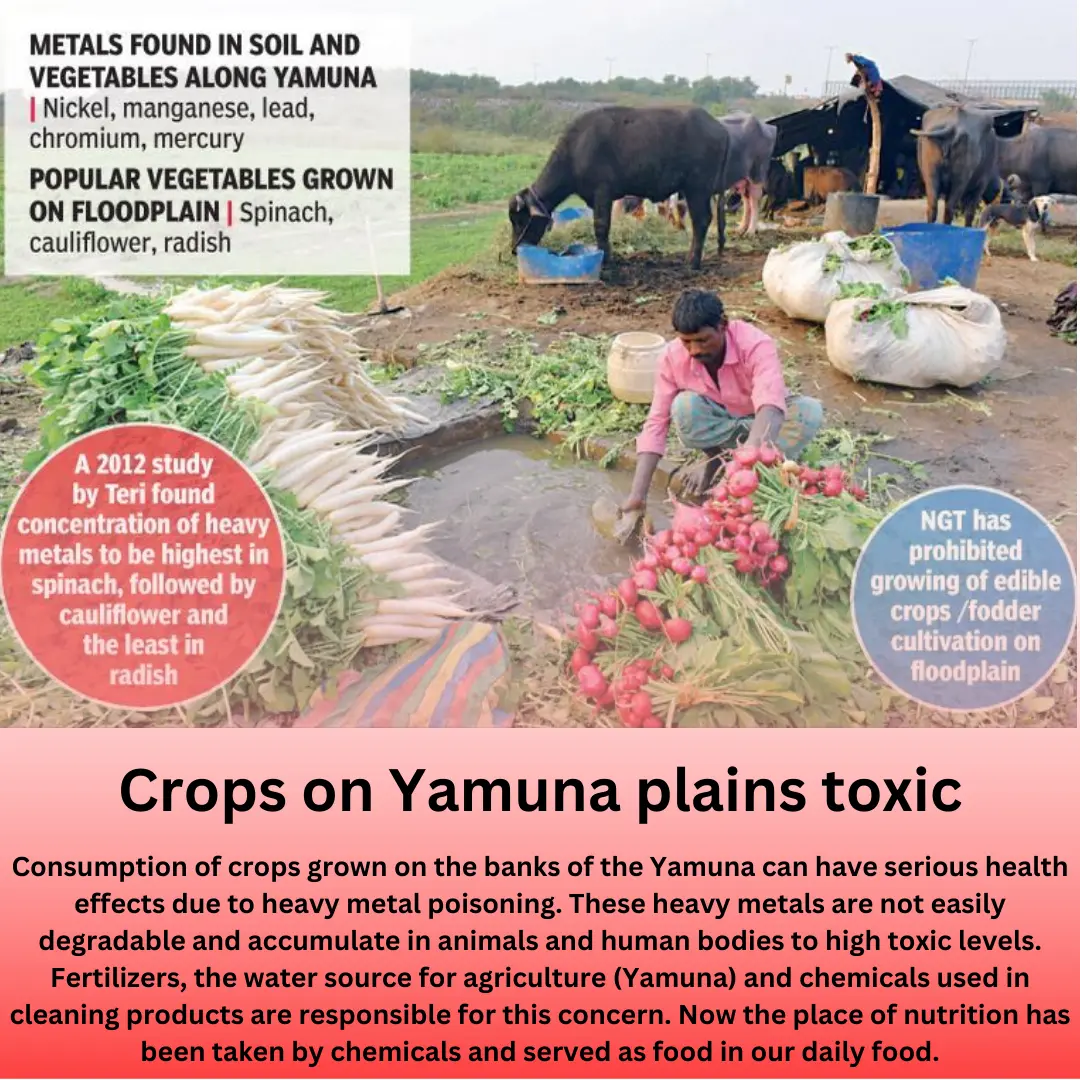Chemicals of Concern – What You Need to Know ?
Everyday cleaning products often contain harmful chemicals masked behind herbal claims and fresh-smelling fragrances. These hidden ingredients can harm your health, your home, and the environment.
What Are You Really Using to Clean?
Every spray, every drop, every lather from conventional cleaners may be harming more than just the dirt.
Behind the scent of “fresh lemons” and the claim of “99.9% germ kill” lie substances that can silently damage your skin, lungs, hormones — even your children’s development.
At Green Life Forever®, we’ve spent over 8 years researching these hidden threats, known as Chemicals of Concern, and have vowed to eliminate them completely from our product design.

What are Chemicals of Concern ?
Effects & Impact
The Impact of Chemicals of Concern — On You & The Planet
Human Health

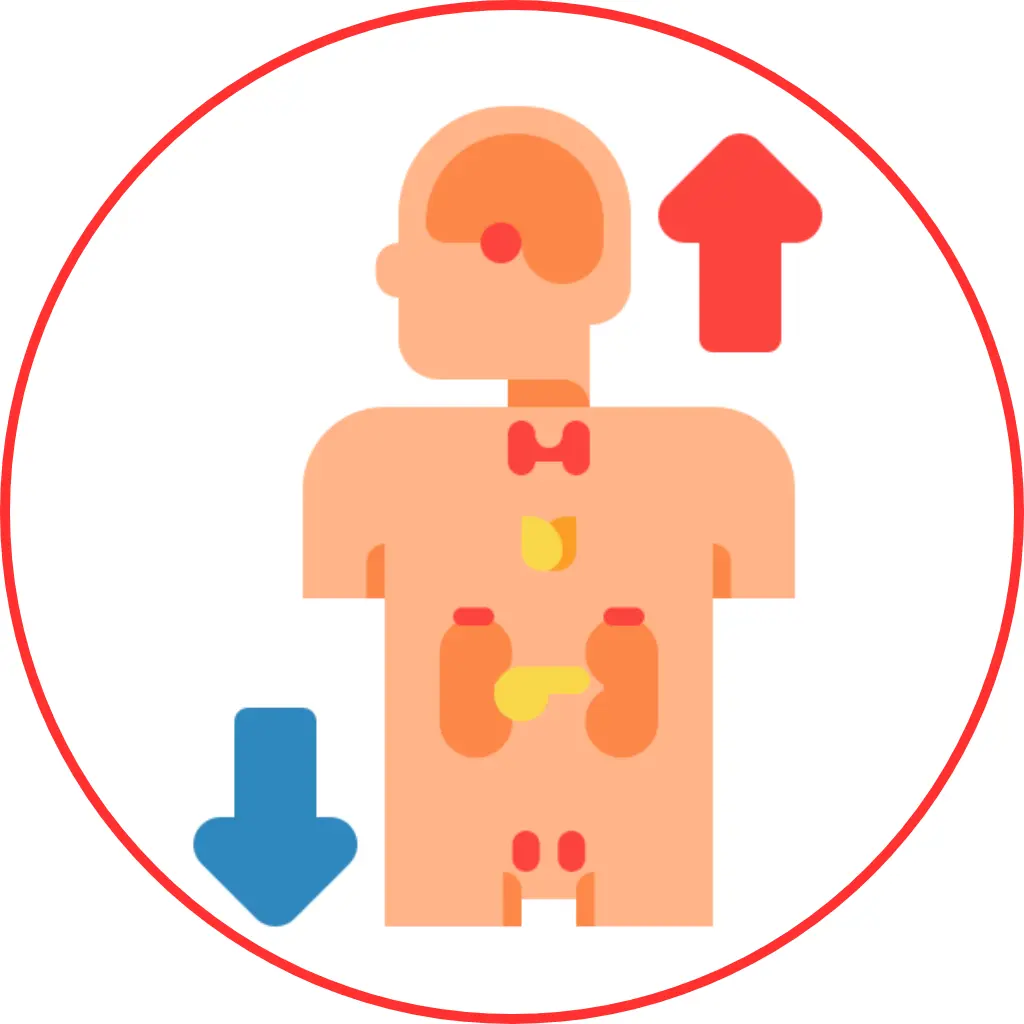
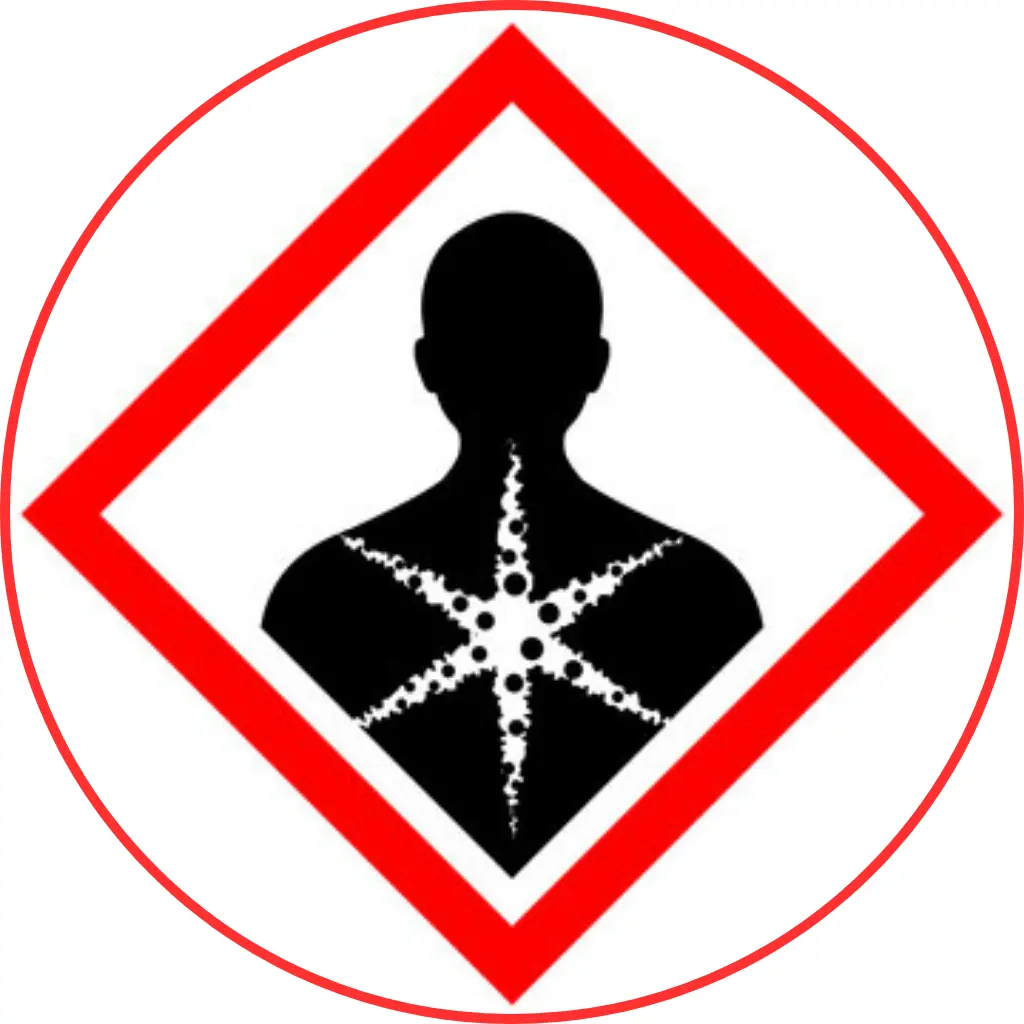
The World Health Organization (WHO) reports that hazardous chemical exposure leads to over 2 million deaths and 53 million Disability-Adjusted Life-Years (DALYs). Common household chemicals like phthalates, formaldehyde, and triclosan are associated with health issues such as respiratory problems, hormone disruption, reproductive disorders, and cancer.
Groundbreaking Study Reveals Alarming Pollution Levels in Newborns: 287 Industrial Chemicals Detected in Human Umbilical Cord Blood. In a benchmark investigation on industrial chemicals, pollutants, and pesticides, an eye-opening study called "Body Burden" uncovered a distressing reality—newborn babies are being exposed to an extensive array of pollutants. The study found a staggering 287 industrial chemicals present in the umbilical cord blood of newborns.
Industrial Chemicals Detected in Newborns
Chemicals Cause Cancer in Newborns
Chemicals lead to birth defects
Chemicals Disrupt Hormone Function in Newborns
Industrial Chemicals leads to Infertility in Newborn
Chemicals negatively impact the immune system of Newborn
Studies have shown that children, due to their developing bodies and behaviors like hand-to-mouth contact, are particularly vulnerable to the harmful effects of these chemicals.

Environmental Damage
Conventional Cleaners Leave a Trail of Destruction
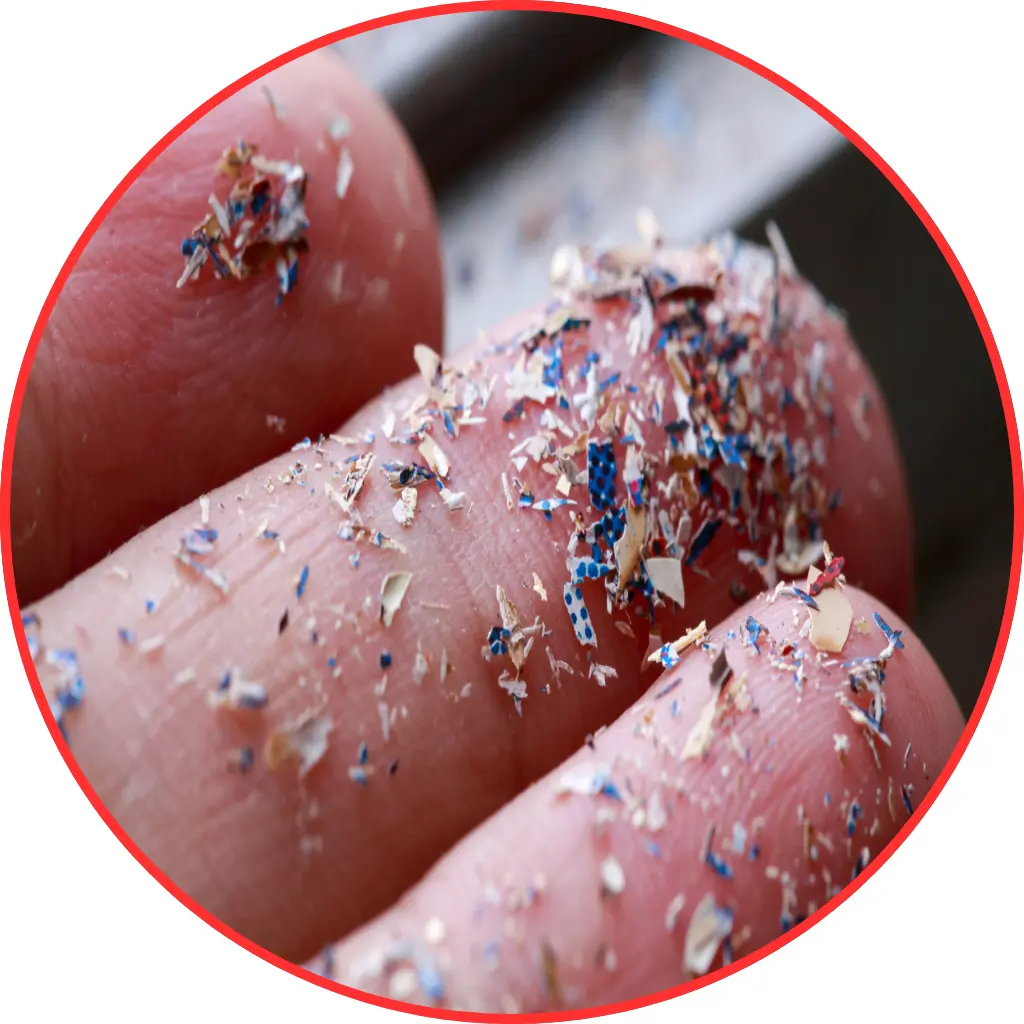

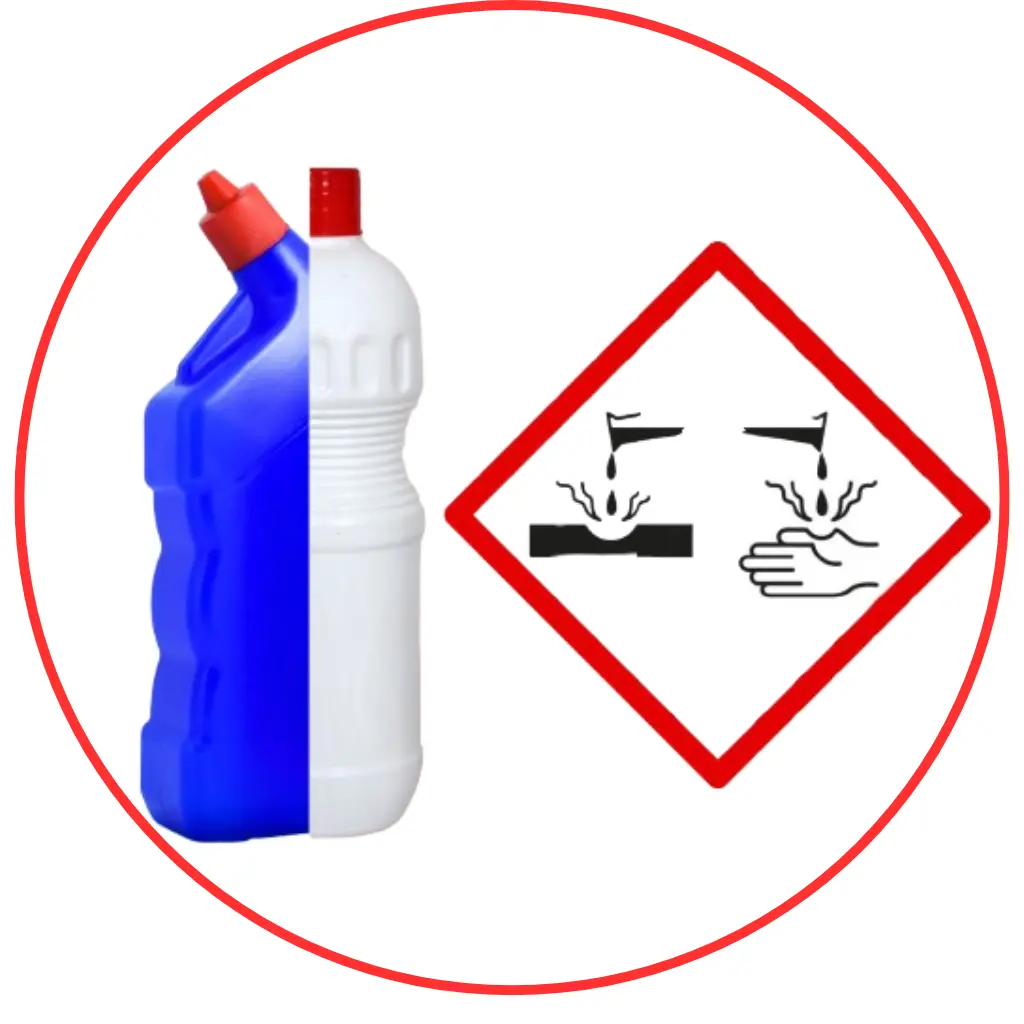
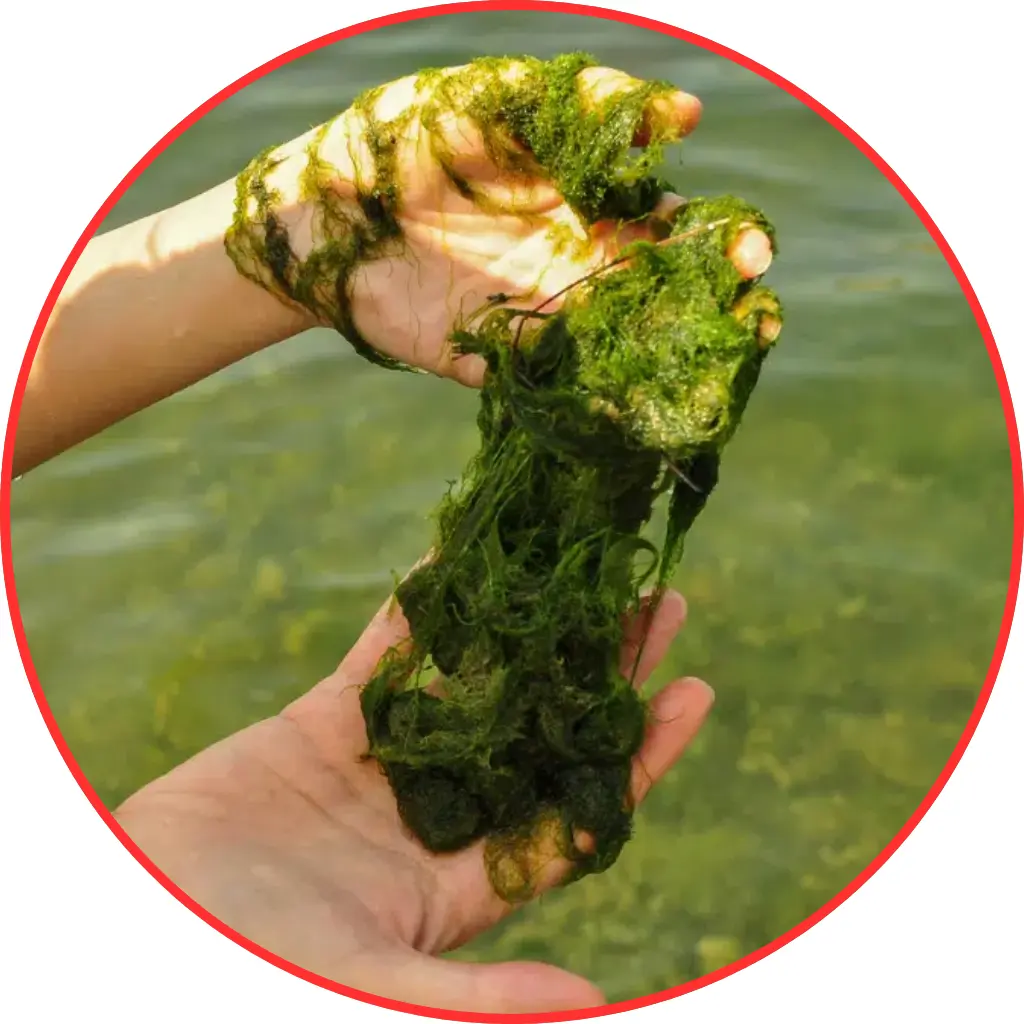
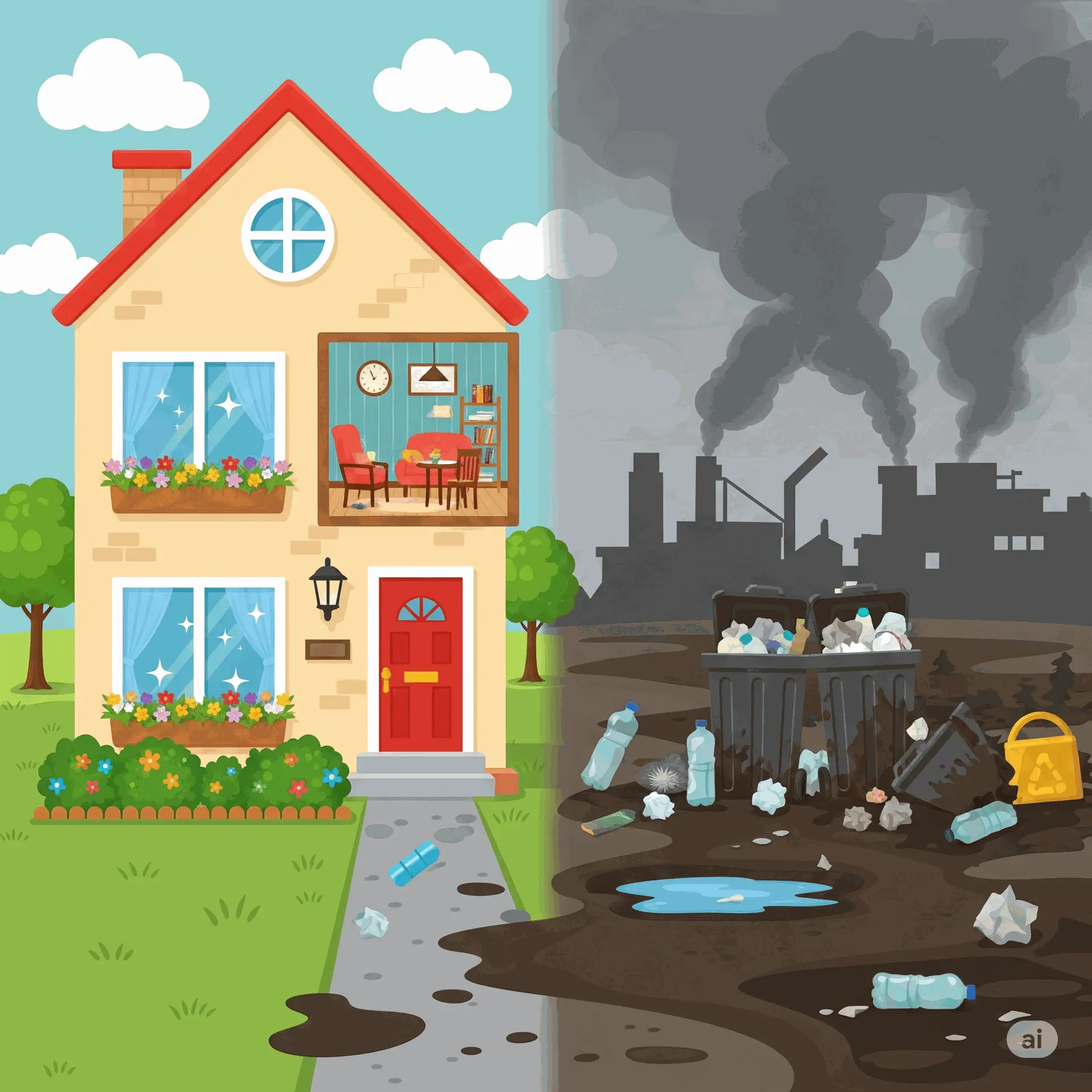
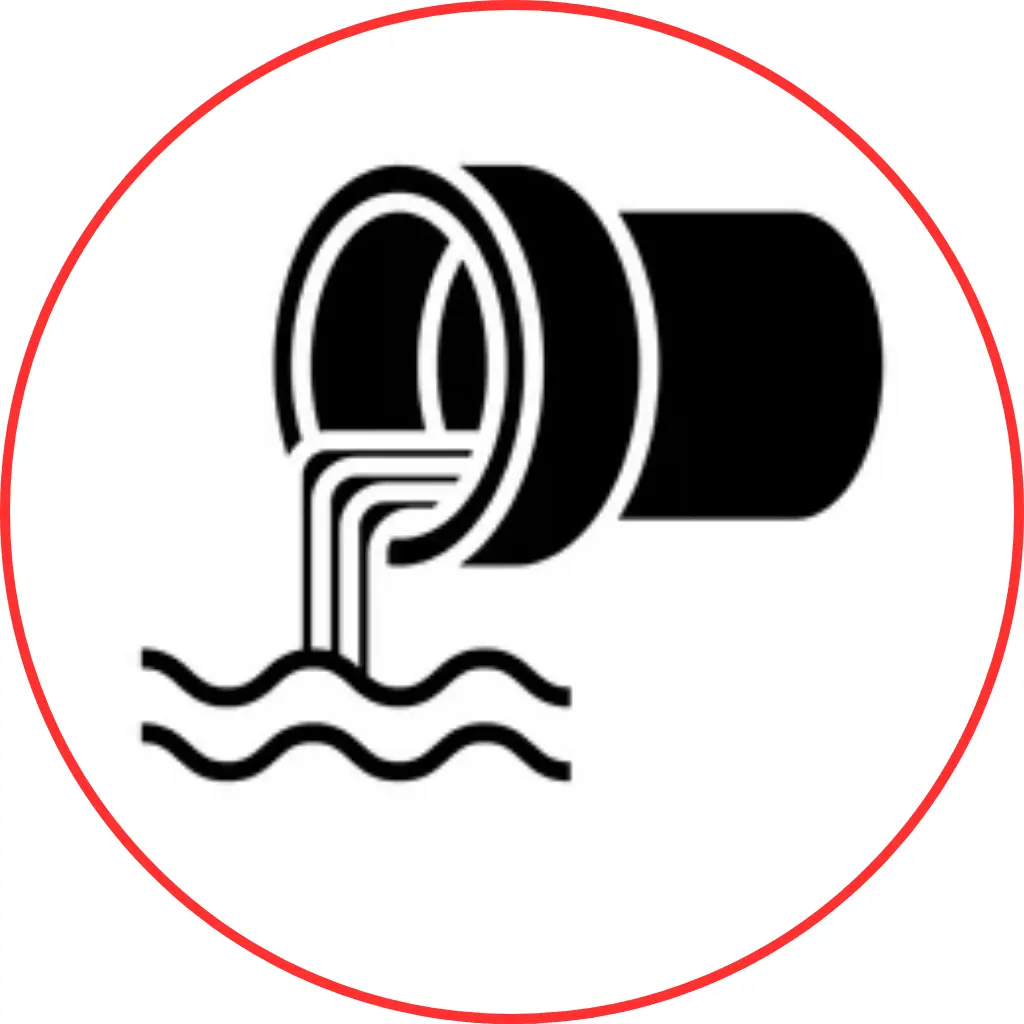

Chemicals of Concern Contaminate Bengaluru: Toxic Lakes, Garbage, and Health Risks
Yamuna River in danger: Toxic foam, disappearing wildlife and toxic crops raise alarm bells!
Economic Burden



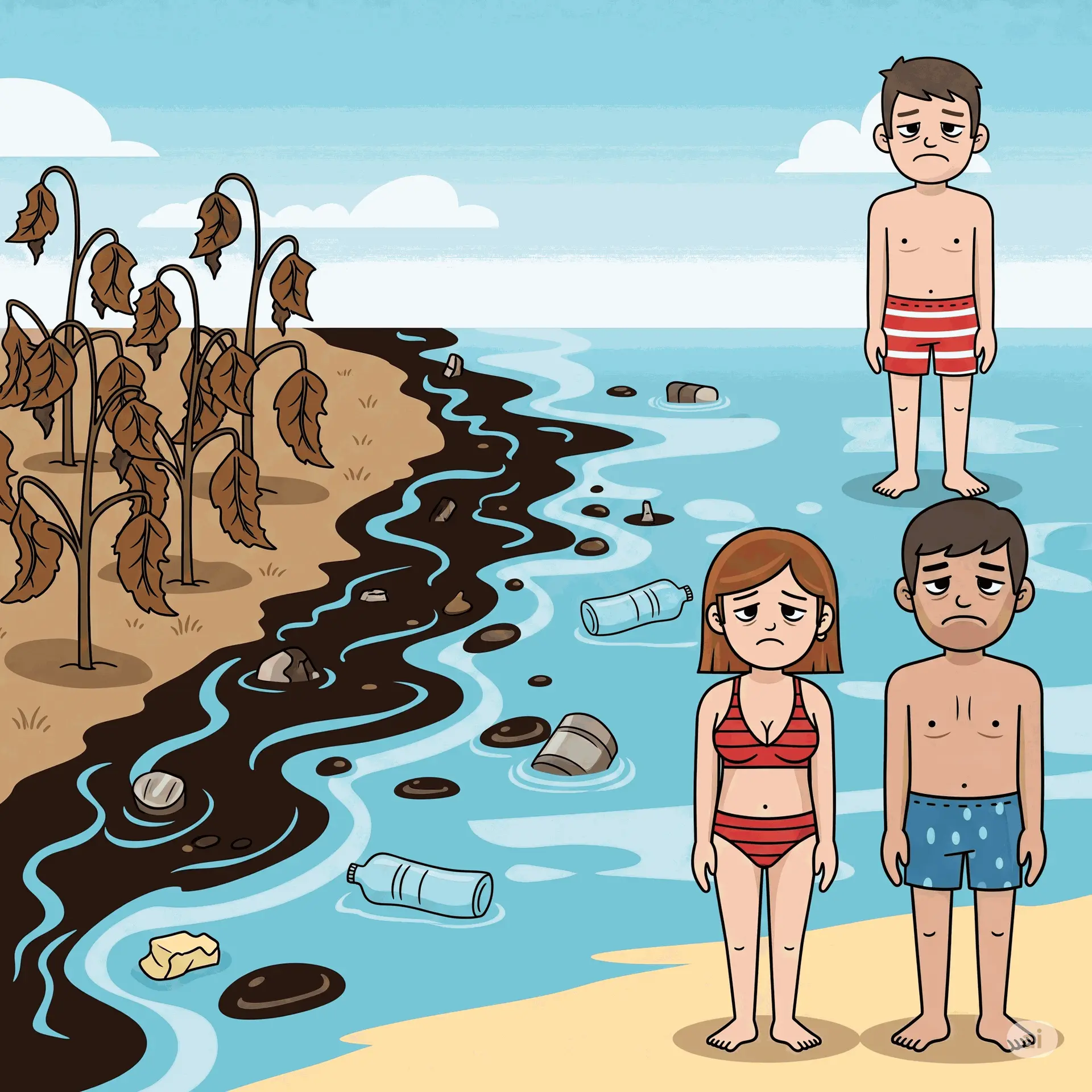
What Conventional Brands Don’t Tell You

Many brands hide behind vague ingredient listings or misleading “natural” claims. They add a drop of herbal extract to a cocktail of chemicals and label it “herbal.” Marketers and sellers often don’t know the real ingredients and get it crafted from a ' Third Party Manufacturers ' who knowingly or otherwise make or replicate the product with Carcinogens sometimes for cost cutting purposes & this is only you who get fooled. Even regulators either don’t inspect the crucial ingredients & formulas or mandate full disclosure.
" It’s like drinking poison… mixed in a bit of apple juice."
| ❌ Conventional Brands Best Quoted Narratives | 💡 What They Hide |
|---|---|
| "Herbal" | Tiny herbal extract in a chemical base |
| "Fragrant" | Phthalates, aldehydes, synthetic aromatics |
| "Long-Lasting" | Toxic binders that stay on skin & air for days |
| "Anti-bacterial" | Harsh agents killing even helpful microbes |
| "Safe & Natural" | Greenwashed, diluted claims with no transparency |
They won’t show you the full ingredient list. And most sellers don’t know what’s inside.
100%
Bio- Renewable Ingredients: Plant based surfactants & Naturally derived minerals
100%
Safety: Skin-safe, Eye-safe, Lung-safe Formulas Gentle, Non-Irritant, and Non-Carcinogenic
100%
Biodegradable – Returns Safely to Nature

We Did the Homework So You Don’t Have To
Our R&D follows Green Chemistry backed by FDA, EWG, and ECOCERT–accepted ingredients.
We make cleaning safe again — for your skin, your breath, your water, your soil, your children, and your future.
“A little is enough… for Life & Earth.”
Want to Know What to Avoid?
We’ve curated a List of Chemicals of Concern found in daily-use cleaners. Use it as your safety guide when shopping — even if you’re not buying from us. Please rotate your device for full view.
🧪 Surfactants & Solvents
| Chemical of Concern | Green Life Forever® | Conventional Products | Functionality | Health & Environmental Concerns |
|---|---|---|---|---|
| Nonylphenol ethoxylates (NPEs) | ❎ | ✔️ | Surfactant | Endocrine disruption, environmental persistence, highly toxic to aquatic life |
| Linear Alkyl Benzene Sulphonates (LABSA, LAS, etc.) | ❎ | ✔️ | Surfactant | Petroleum-derived, toxic, hard to biodegrade, eye/skin irritation, environmental harm |
| Ethylene glycol ethers | ❎ | ✔️ | Solvent | Narcosis, organ damage, neurological effects, anemia |
| Butyl cellosolve | ❎ | ✔️ | Solvent | Respiratory, liver/kidney toxicity, mucous membrane irritation |
| Trichloroethylene | ❎ | ✔️ | Solvent | Carcinogenic, severe CNS damage, eye/skin irritation |
| Toluene, Acetone, Heptane | ❎ | ✔️ | Solvent | Neurological & liver damage, skin/eye irritation |
| Xylene | ❎ | ✔️ | Solvent | Respiratory/neurological toxicity, skin irritation |
| Trichloroethane (Methyl Chloroform) | ❎ | ✔️ | Solvent | CNS depression, dizziness, nausea, cardiac issues |
🧪 Preservatives, Chelators & Polymers
| Chemical of Concern | Green Life Forever® | Conventional Products | Functionality | Health & Environmental Concerns |
|---|
| Nitrilotriacetic acid (NTA) | ❎ | ✔️ | Chelator | Carcinogenic, organ damage, toxic to aquatic life |
| Formaldehyde | ❎ | ✔️ | Preservative | Carcinogen, skin & respiratory irritation |
| Parabens | ❎ | ✔️ | Preservative | Hormone disruptor, breast cancer link, allergen |
| Quaternium-15 | ❎ | ✔️ | Preservative | Releases formaldehyde, dermatitis trigger |
| Polyvinylpyrrolidone | ❎ | ✔️ | Polymer | Eye/skin irritation, potential respiratory risks |
| Mineral oil-based defoamers | ❎ | ✔️ | Defoamer | Respiratory irritant, non-biodegradable |
| Sodium tripolyphosphate (STPP) | ❎ | ✔️ | Stabilizer | Water pollution, aquatic toxicity |
| Tetrasodium pyrophosphate | ❎ | ✔️ | Stabilizer | Eye, skin, respiratory irritation, water toxicity |
🦠 Disinfectants, Antimicrobials & Actives
| Chemical of Concern | Green Life Forever® | Conventional Products | Functionality | Health & Environmental Concerns |
|---|
| Triclosan | ❎ | ✔️ | Antimicrobial | Endocrine disruptor, resistance, aquatic toxicity |
| Benzalkonium chloride (BAC) | ❎ | ✔️ | Antimicrobial | Asthma, corrosive, neurotoxicity, immune effects |
| Benzethonium chloride | ❎ | ✔️ | Antimicrobial | Hormonal effects, skin/eye irritation |
| DMDM hydantoin | ❎ | ✔️ | Antimicrobial | Skin allergies, respiratory issues |
| Hypochlorite/Bleach | ❎ | ✔️ | Disinfectant | Highly corrosive, fatal if misused, releases toxic fumes |
| Chloroxylenol | ❎ | ✔️ | Disinfectant | Toxic to aquatic life, eye/skin irritation, allergen |
🌸 Synthetic Fragrance & Colorants
| Chemical of Concern | Green Life Forever® | Conventional Products | Functionality | Health & Environmental Concerns |
|---|---|---|---|---|
| Synthetic musks (e.g., tonalide) | ❎ | ✔️ | Synthetic Fragrance | Hormone disruptor, bioaccumulative, water/air contaminant |
| Phthalates | ❎ | ✔️ | Synthetic Fragrance | Endocrine disruptor, asthma, reproductive issues |
| Safrole | ❎ | ✔️ | Multi-use: fragrance, cleanser, antimicrobial | Carcinogen, liver & CNS damage, neurotoxic |
| Amaranth (Red dye #2) | ❎ | ✔️ | Colour | Carcinogenic |
⚠️ Heavy-Duty Chemicals (Degreasers, Acids, Abrasives)
| Chemical of Concern | Green Life Forever® | Conventional Products | Functionality | Health & Environmental Concerns |
|---|
| Crystalline Silica Quartz | ❎ | ✔️ | Abrasive | Carcinogen, organ damage, aquatic toxicity |
| Paradichlorobenzene | ❎ | ✔️ | Fumigant/Insecticide | Carcinogenic, endocrine disruptor, toxic by inhalation |
| Hydrofluoric Acid | ❎ | ✔️ | Degreaser/Oxidizer | Highly toxic, corrosive, causes disability or death |
| Hydrochloric Acid | ❎ | ✔️ | Degreaser/Oxidizer | Highly corrosive, toxic fumes, fatal burns possible |
| Phosphoric Acid | ❎ | ✔️ | Degreaser/Oxidizer | Severe irritation, permanent damage, fatal risk |
| Sodium Hydroxide | ❎ | ✔️ | Cleaner/Solvent | Severe corrosive burns, tissue damage, fatal inhalation |
| Ammonium Hydroxide | ❎ | ✔️ | Cleaner/Solvent | Toxic gas release, corrosive, fatal risk |
🧾 End Note 🧾
The classification of Chemicals of Concern (COCs) is dynamic and continually evolving. Global authorities such as the US FDA, EWG, ECHA, ECOCERT, and others frequently review and update their guidelines based on emerging scientific data, environmental impact studies, and public health concerns. Due to these ongoing updates, it is not possible to create a permanently exhaustive list of all harmful substances.
We encourage you to consult trusted sources or perform a quick search through Google for the most up-to-date clarifications from these institutions.
At Green Life Forever®, we are committed to staying ahead of such developments. We continuously strive to keep this list updated and ensure that our formulations use only time-tested, safe, and effective ingredients. You can rely on us with confidence—we are here to deliver only pure goodness to your home, your family, and our shared planet.

